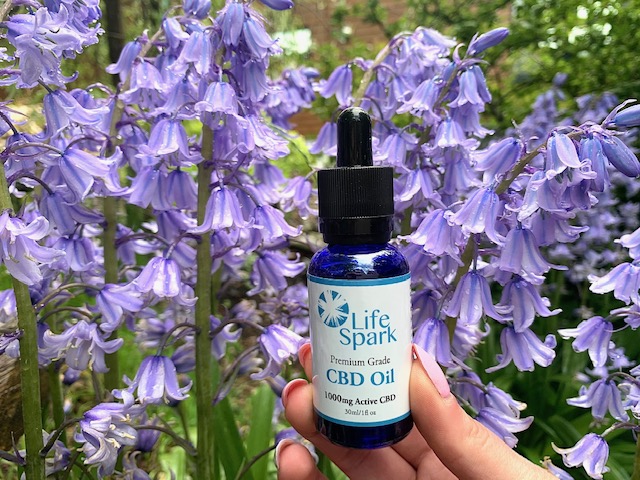CBD and its relationship with pain
Given CBD’s promising results in animal studies, as well as its good safety profile and non-psychotropic properties, is CBD beneficial for pain? Take a look at the current research on CBD and pain, the different methods of consumption, and some cannabinoid intake considerations.
Pain is a complex and individual experience. Our biology, social environment, and each person’s unique experiences influence the way we perceive pain, making it a very difficult thing to treat. With the challenges of treating chronic pain and the controversy surrounding opioid pain medications, both physicians and their patients are eager to find an effective alternative; and some have set their sights on CBD.
CBD and pain
Given the trend toward hemp legalization in Europe and North America and its greater cultural acceptance, interest in using hemp for physical wellness has increased. Hemp contains more than 100 different cannabinoids, the most abundant of which are tetrahydrocannabinol (THC) and cannabidiol (CBD). As far as scientific research is concerned, THC has received most of the attention; but that is now changing.
Our understanding of the relationship between CBD and pain is deepening; however, comprehensive clinical trials are needed to draw clearer conclusions about its efficacy. Most studies to date have been conducted in animal models of pain. However, many of these analyses are focused on the unique interaction of CBD with the endocannabinoid system.
CBD and the Endocannabinoid System
The endocannabinoid system (ECS) is a cell signaling network in humans and other mammals that plays a regulatory role within the body. Among other components, it consists of receptors that interact with cannabinoids naturally produced by our body (called endocannabinoids), present in the brain and throughout our body.
Hemp contains over 100 known cannabinoids, each with different profiles and effects; and all are believed to interact with the SEC to some extent. We know that the SEC regulates bodily functions related to metabolism, appetite, mood, anxiety, and pain perception, but the influence of cannabinoids on these functions is still not very clear.
Does CBD help fight pain?
Although CBD does not have a psychotropic effect, it could help the body use its endocannabinoids, which act as neurotransmitters. A 2015 study[ looked at whether CBD influences SEC receptors by increasing the level of anandamide. Anandamide (AEA) is an endocannabinoid that is associated with reduced pain perception and improved mood.

Another study, published in the “Journal of Pain Research” in May 2019, examined the relationship between the cannabinoids THC and CBD and chronic pain. The aim of this research was to test the tolerability and safety of an oral spray containing both cannabinoids. The product was administered as a complementary natural care substance to patients suffering from severe chronic pain.
Studies on CBD and pain
Finding effective treatments for pain is critical for patients to regain physical and mental health. Below, we take a look at existing research on CBD with respect to painful conditions and pain symptoms. If you found this article useful, you may also visit Venture1105 to read more about CBD.
Inflammation
Acute inflammation is the body’s reaction to injury. A review of studies[3], published in 2019, examined the possible effect of CBD on inflammation and oxidative stress through SEC-mediated mechanisms. Although this research is inconclusive and focuses primarily on animal studies, it lays the groundwork for further, more comprehensive clinical trials.





